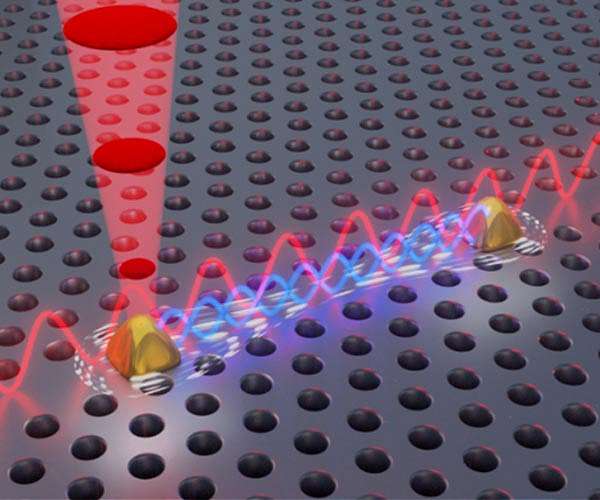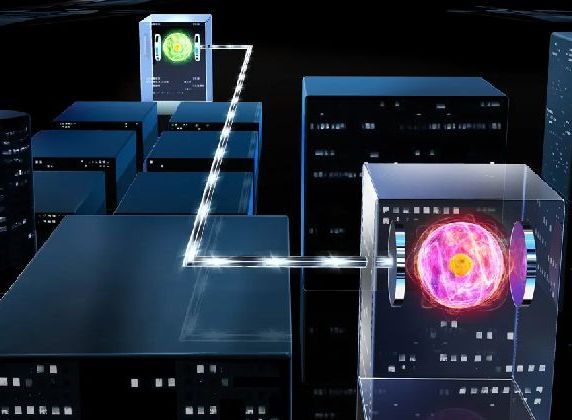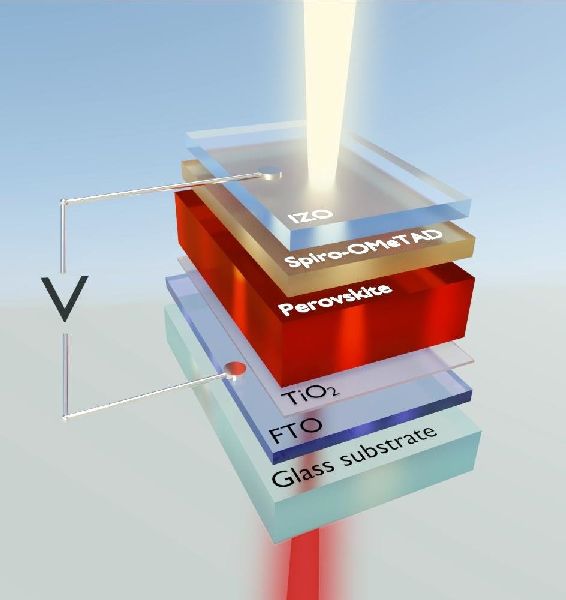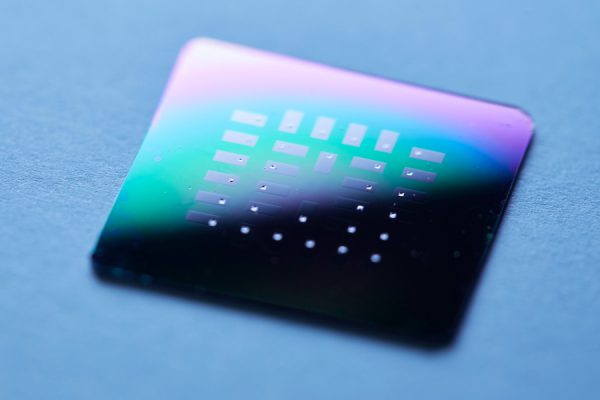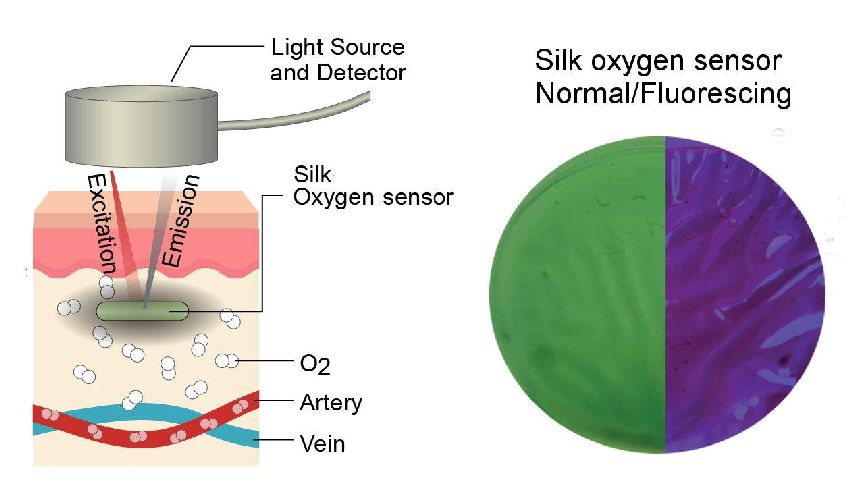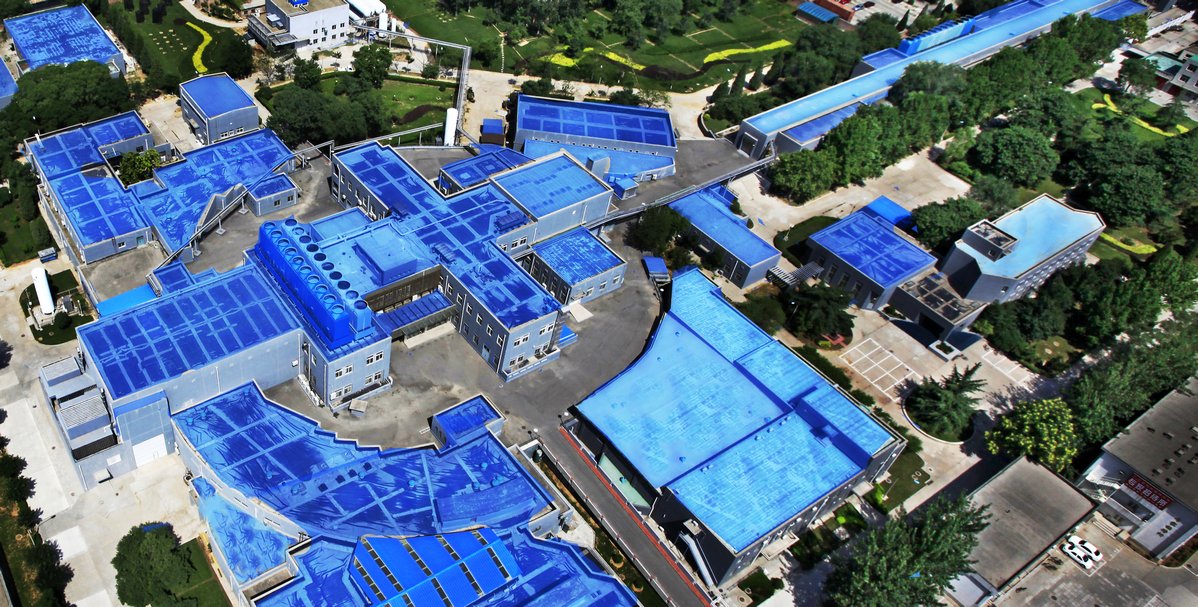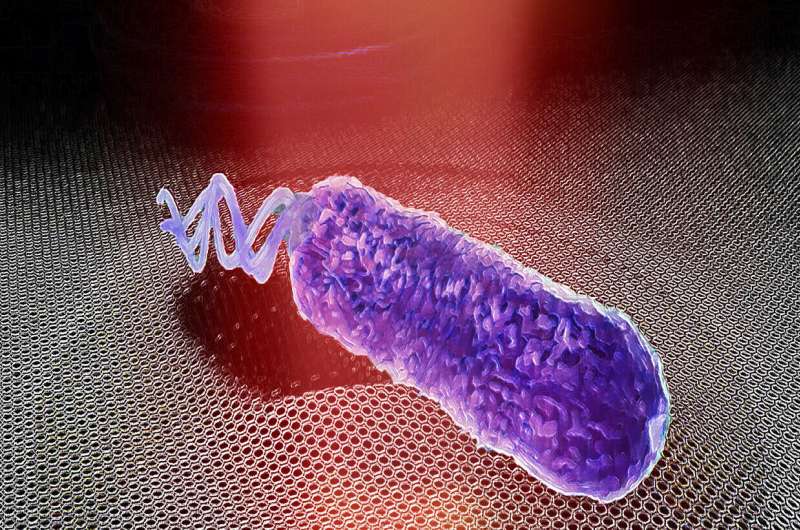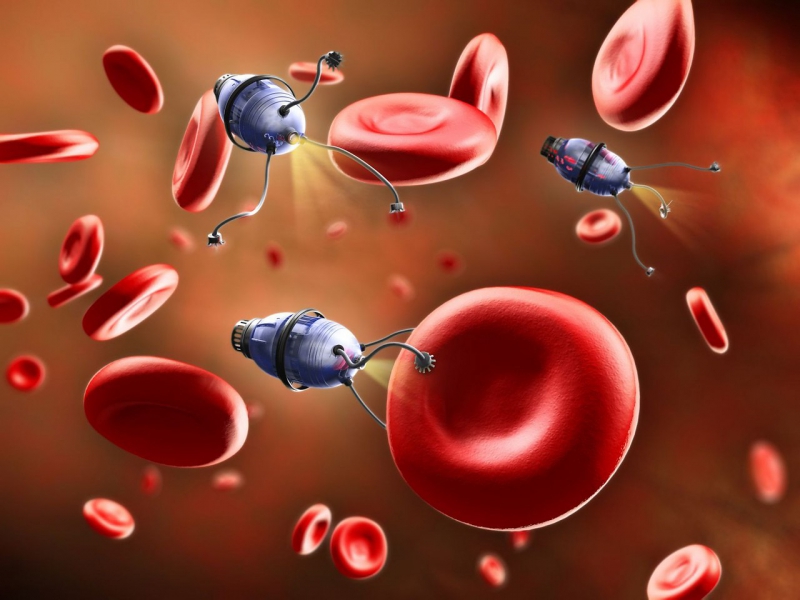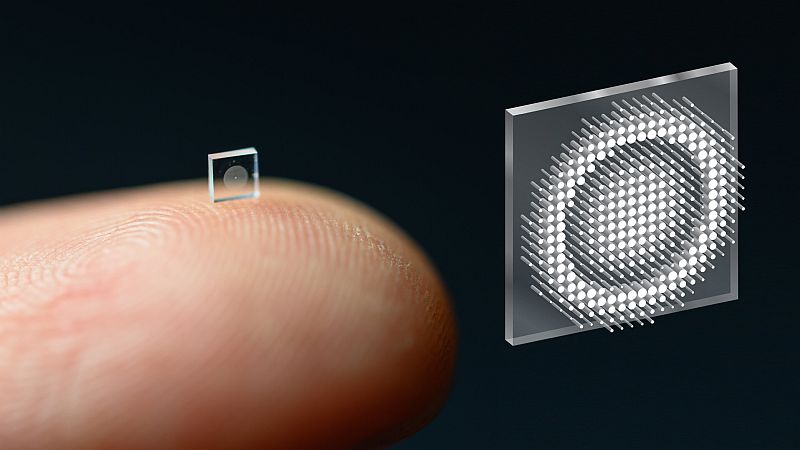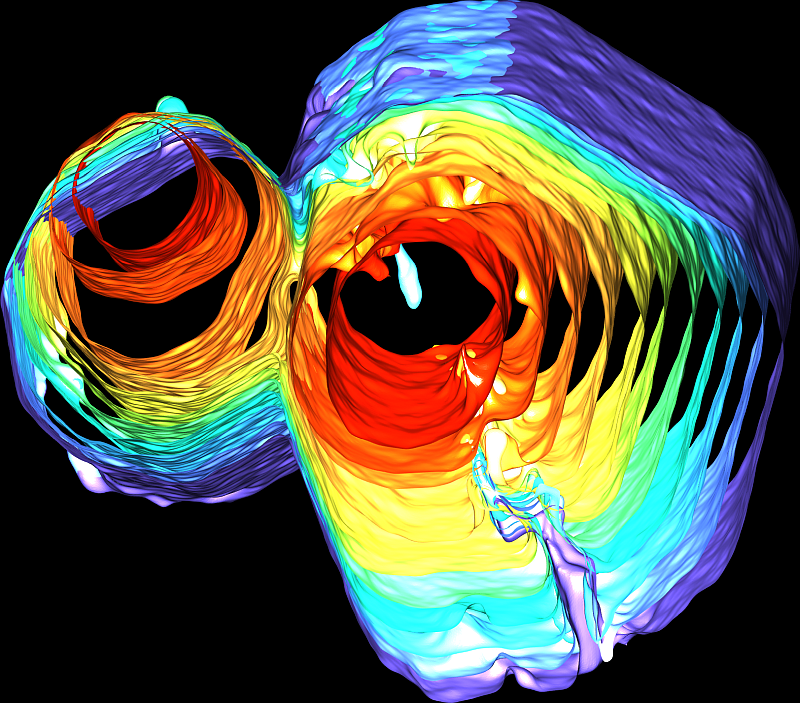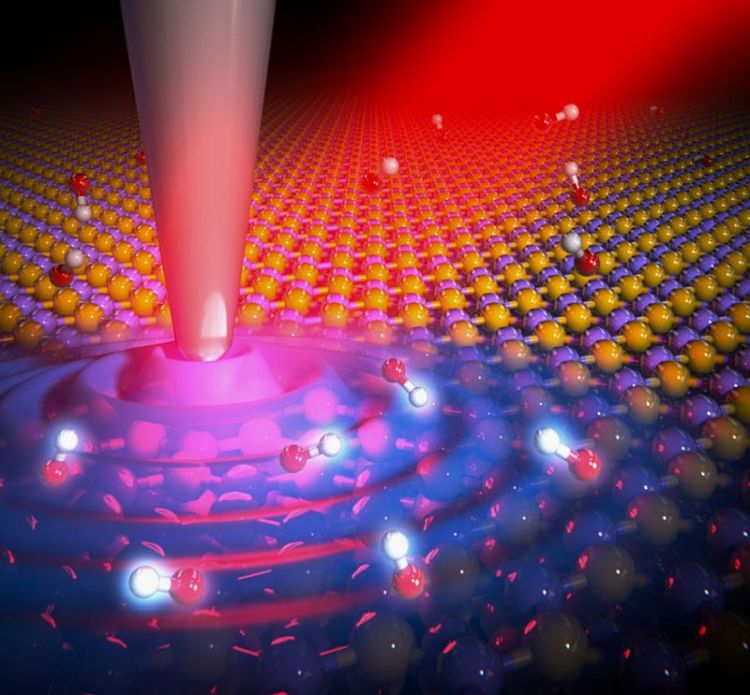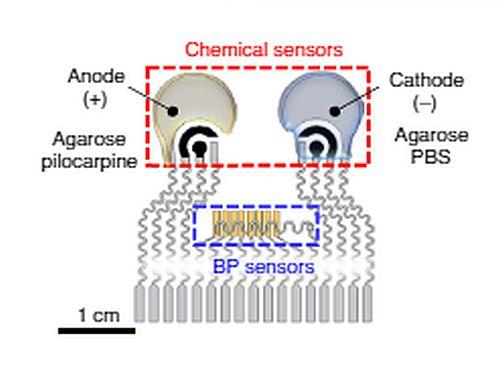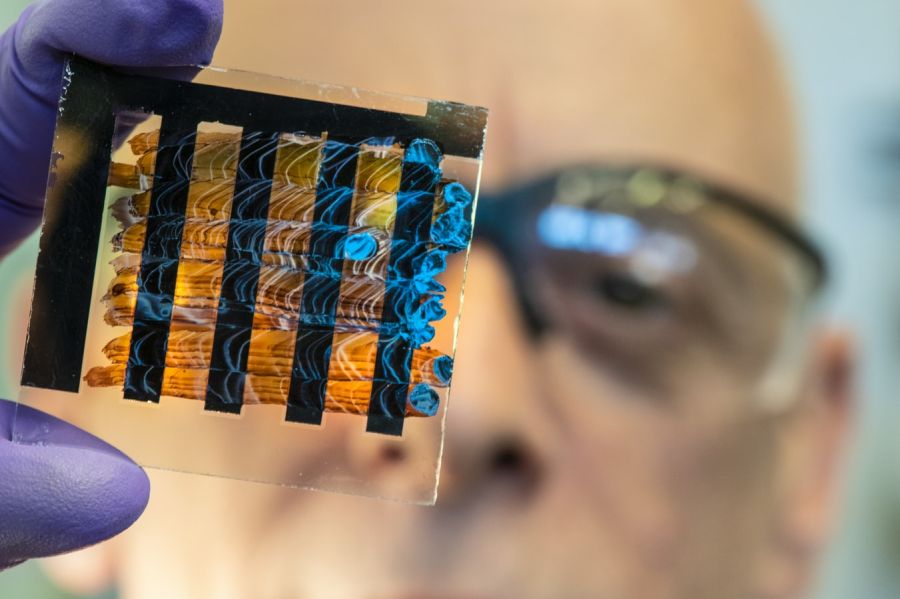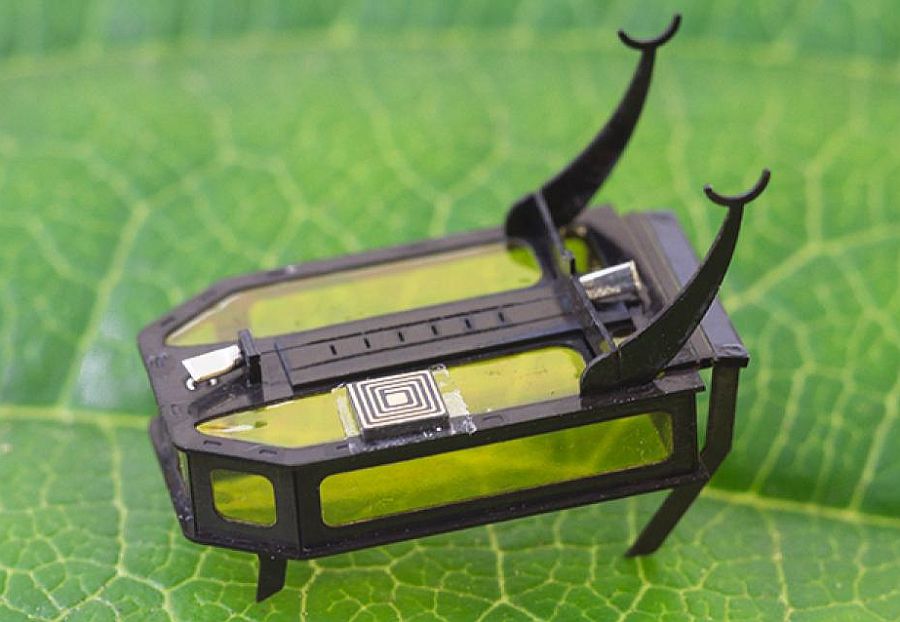Entanglement is a unique and powerful feature of quantum mechanics. It allows two or more particles, such as photons of light, to become correlated in such a way that the state of one particle is immediately determined by the state of the other particle, regardless of the distance between them. This phenomenon has been studied extensively in the field of quantum physics. It has important implications for the development of quantum technologies such as quantum cryptography and quantum computing.
Read MoreTag: nanotechnology
Platform for Building Quantum Networks: Entanglement of Trapped-ion
The researchers at the University of Innsbruck and the Université Paris-Saclay have developed a method for linking multiple quantum systems by trapping atoms in optical cavities. And then transferring the quantum information to light particles which can then be sent through optical fibers. They have successfully entangled two trapped ions located more than a few meters apart for the first time.
Read MoreTwo/Quasi 2D Perovskite Heterostructures: Optoelectronic Innovation
Two-dimensional perovskite materials have unique properties that make them attractive candidates for use in next-generation optoelectronic devices, such as photovoltaic solar cells, LEDs, and photodetectors.
Read MoreCeramic based Micro Glucose Fuel Cells: Implantable Power Sources
In the coming two decades, nanotechnology will surely touch the lives of nearly all people across globe. As technology progresses, we will experience next generation sensors embedded in all things that we use, including our clothes, kitchen and within ourselves. Yes, IoT is coming here to stay. So, the next question is what will be the efficient power source for these devices, especially the implantable sensors and drug-delivery systems? Researchers at MIT have paved a way for glucose powered medical implants. With their newly designed glucose fuel cell, they are…
Read MoreTattoo like Sensors to Reveal Blood Oxygen Levels: Silk based Biomaterials
Soft skin sensors are beginning to transform the health care industry. We can surely predict that within a decade, people will be wearing skin sensors to detect the blood glucose level, oxygen level and to track other different blood components which currently require an incision. Researchers at Tufts University have developed a tattoo-like sensor that glows when exposed to light. The degree of brightness depends on the level of oxygen in blood. Silk fibroin hydrogel The sensor is made up of silk fibroin hydrogel. Fibroin is an insoluble protein that…
Read MoreChina’s Particle Collider to Gear up: A Future Higgs Factory
To explore more exotic particles, Beijing Electron Positron Collider (BEPC), the particle-physics lab, is undertaking a major re-equipping. The work is expected to complete by 2024. Dubbed as BEPCII-U, the new version will not only triple the current collision rate but it’ll also extend the maximum collision energy to 5.6 GeV from the existing 2–5 GeV. With the plans underway for next-generation collider, China might head the world in high-energy physics research.
Read MoreBacterium Flagellar Beats on Graphene: Microbial Melody
Anything that vibrates, creates sound. This implies, microbes too must emit noise. Does this mean, we can also hear disease? Pathogenic bacteria mixed with other healthy microbe bacteria might sound in a certain way. So, if this technology is used for diagnostic purposes, we could we hear disease!
Read MoreLight controlled Organic Microswimmers: Semi Autonomous Microrobots
The idea that nanobots flowing through our blood streams to deliver localised medication or to detect any tumour formation is no more a far-fetched dream. A group of researchers from the Max Planck Institute for Intelligent Systems (MPI-IS) in collaboration with the Max Planck Institute for Solid State Research (MPI-FKF), have developed microswimmers that can navigate through biological fluids, areas that are otherwise difficult to access. Steering is done through external form of light energy.
Read MoreSurface Optics & Neural Based Processing: MetaOptics
An international team of researchers at Princeton University and the University of Washington has developed a micro-sized camera to the size of a salt grain.
Read MoreFormation of Single Unit by Collision of Multiple Grains: Resurrecting Quasicrystals
Quasicrystal is a form of matter with an unusual arrangement of atoms. Although it’s called a “crystal” but it lacks symmetry. Unlike crystals, pattern within the quasicrystal does not repeat itself. They were first discovered in 1980s and since then the possible atomic arrangements violated the rules that fall under the category of crystals, that is, the materials could have only two-, three-, four- or six-fold symmetry.
Read MoreNanoscale Thermal Transport: To Prevent Overheating in Electronics
Nano world is full of mysterious features such as uncertainty principle, probabilities and wave function. It’s been at the beginning of quantum mechanics that researchers are working unceasingly to understand the perplexing phenomenon of the nano realm. Unlike the macro world, events at the nano scale are beyond the comprehension of physicists. One such problem is why some uber small heat sources cool down faster if they are packed too close.
Read MoreInterview: Professor Sheng Xu, Nanotech Scientist at University of California San Diego
It’s our honour to have Professor Sheng Xu from University of California San Diego with us today. Dr Xu’s research interests focus on the understanding of the electrical and mechanical behaviors of inorganic materials when they are engineered into a soft format; which can further be morphed into soft electronics, nano electronics and energy harvesting/storage devices. He obtained his B.S. in Chemistry and Molecular Engineering from Peking University in Beijing, China in 2006. While he received his Ph.D. in Materials Science and Engineering in 2010 at Georgia Institute of Technology,…
Read MoreOne Epidermal Patch to track Cardiovascular and Multiple Biomarkers: Wearable Microelectronics
Monitoring cardiovascular signals and multiple biochemical levels together on one tiny wearable patch has always been a far-fetched dream in the nanotech world. Scientists across the globe are still trying to figure it out however, researchers at the University of California San Diego have done something extraordinary in soft, stretchy skin patch.
Read MoreElectronics Out Of Bacteria: Microbial Physiology
Bacteria – Geobacter, to be more specific – discovered electricity much before than we did. And the interesting part is – ubiquitous, groundwater and also the under the ocean dwelling bacteria takes-in the organic waste and give-out “electrons”. Yes, a tiny electric current is an end product of their exhaling process.
Read MoreRoBeetle: Autonomous Crawling Bot Driven By Methanol Combustion
Researchers have long envisioned designing tiny intelligent autonomous machines that are capable of exploring dangerous environments or the areas where tiny bots can work with full efficiency.
Read More
